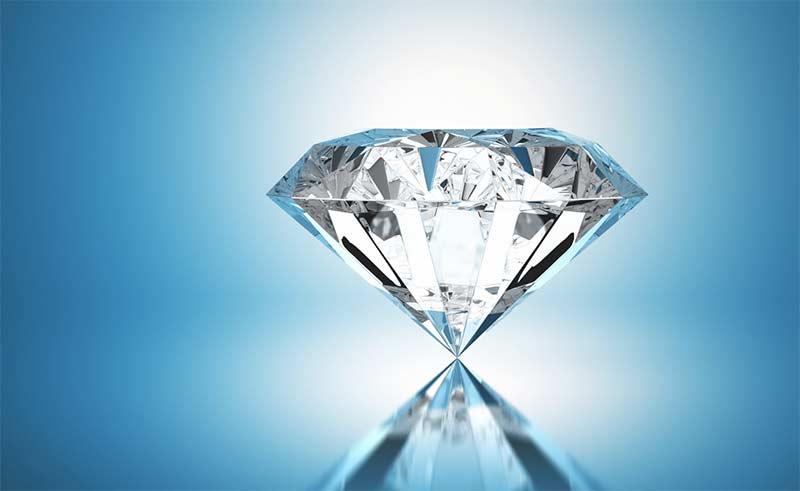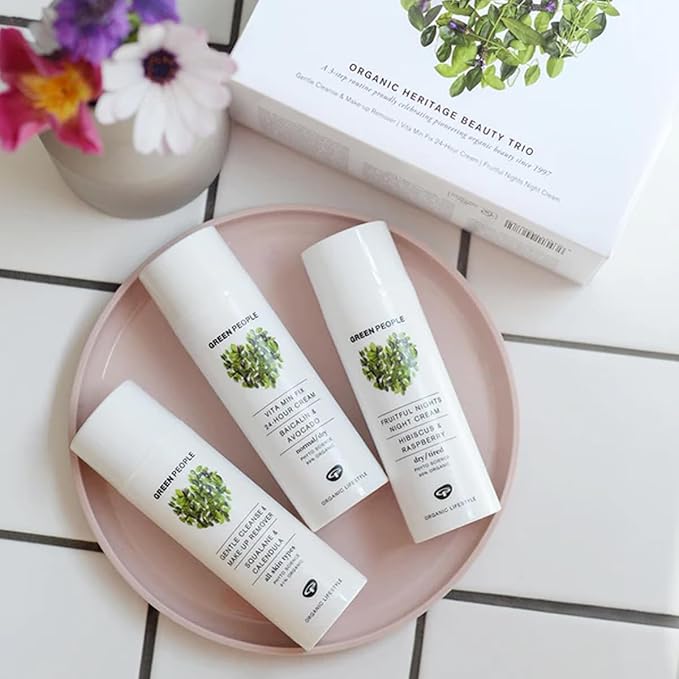First-time visitors to Georgia often want a clear, stress-free introduction that balances culture, nature and everyday comfort. Many begin in Tbilisi, where the airport sits close to the city centre and the compact Old Town allows easy walking between the sulphur baths, Narikala cable car and riverside viewpoints. Sustainable travel here means choosing walkable routes, local cafés and small hotels that support the community. Short trips to Mtskheta add historical depth without long drives, while Kakheti introduces wine traditions through slower, guided visits that reduce unnecessary transport. Some travellers combine Tbilisi with Batumi, using efficient internal travel rather than multiple flights. At Friendly Turtle EcoBlog, we encourage first-time visitors to travel Georgia responsibly by pacing itineraries, staying in family-run guesthouses, joining small-group tours and respecting local ecosystems. These mindful choices help reduce environmental impact while still offering a rich, authentic experience of Georgia’s cities, landscapes and traditions.
Share your articles with us and get published! Reach out at hello@friendlyturtle.com.
Shine Bright like a Diamond: How to Embrace Sustainable Jewellery

We all approach fashion and style in our own ways, which can make it harder for some to give up when switching to a more sustainable lifestyle than others. From avoiding leather and fast fashion to buying from brands that remove plastic from our oceans and turning it into clothing or accessories, there are plenty of ways we can wear more sustainably.
One way we can further distinguish our style from others is the jewellery we wear, which has its own chequered history with ethics and sustainability. So is there a way to wear jewellery with a clean conscience and without impacting the environment?
What is sustainable jewellery?
One big difference between jewellery and the wider fashion industry is the traditional reliance on mining for precious metals and jewels that adds another layer of complexity to sustainable jewellery-making. Sustainable jewellery is a form of making decorative accessories ethically, preserving the environment and natural resources at the core.
Often, sustainable jewellery makers opt for a completely transparent model, where they highlight where their materials come from to customers to allow them to make better-informed decisions. Simply put, sustainable jewellery has a minimal environmental impact, does not support conflict and promotes fair pay and safe employment conditions for its workers.
How does the jewellery industry impact the planet?
There are several ways that non-sustainable jewellery can impact the planet. One of the biggest issues is overconsumption, which doesn’t only concern buying on a personal level but also the over-mining of resources by industry-leading companies around the world.
Cheap jewellery is a large driver for this overconsumption, with silver or gold-plated items lasting just a few wears before it begins to break down and ultimately the items end up in landfill.
There is also the concern of precious materials being mined to help fund conflicts in war-torn countries, an issue highlighted in the 2006 film Blood Diamond. It is also estimated that per one-carat diamond, 250 tonnes of earth must be dug up, an incredible drain of resources, while the social cost of the jewellery industry includes dangerous working conditions, human displacement and even child labour.
How to buy sustainable jewellery
With so many valid causes for concern, it’s easy to see why people wish to change their buying habits when it comes to jewellery. Thankfully, there are a few key ways to buy jewellery sustainably. First of all, you can simply buy less which is a common issue across the fashion industry and not specific to jewellery.
One great way to buy less is to opt for quality over quantity, spending more on fewer items rather than spending a little on a lot. You may also wish to consider vintage or preloved jewellery which can be found anywhere from antique dealers, jewellery boutiques, charity shops or even online marketplaces.

Can diamonds be made in a laboratory?
With such an environmental and social cost to mining diamonds, alternatives are now on the market that allows you to enjoy the sparkle of precious jewels without any guilt. Lab-grown diamonds are nothing new but in recent times great advances have been made to create synthetic jewels that are indistinguishable to the naked eye.
Not only can they replicate the shimmer of a mined diamond, but the lab-grown alternatives produce no water or air pollution and are created in controlled environments. As a comparison, the harmful carbon emissions produced by mined diamonds was 57000 grams per carat. On the other hand, grown diamonds emit only 0.028 grams per carat.
Repurposing and adapting existing pieces
Traditional jewellers and new craftspeople in the industry are already seeking to reduce the impact of jewellery making by offering repurposing services to their customers. By taking pre-existing jewellery and turning it into something new that’s wanted by the next generation we don’t have to further mine for the precious resources required to make these items.
You can make your jewellery even more special this way by taking an inherited piece and remodelling it to suit your style or giving your engagement ring a more personal touch by including your grandmother’s precious jewels.
Buying local
Buying locally is still a viable way to reduce your impact, even for jewellery. Sustainable jewellery such as products made with wood or glass don’t have the same environmental impact as diamonds or precious metals but getting them shipped here, there and everywhere still does.
Consider buying your sustainable jewellery from a local craftsperson, who can use materials found nearby but you can also build a relationship with them to commission a special one-of-a-kind piece just for you.
This is especially true for options like UK moissanite rings, which offer a low-impact alternative to traditional gemstones while supporting local artisans and ethical sourcing.

Sustainable jewellery takes many forms
Let’s take a closer look at the types of sustainable jewellery we can buy but still maintain our unique sense of style and individuality.
1. Wooden jewellery
Rather than metal or leather, wooden jewellery is becoming a popular choice among sustainable jewellery wearers. Of course, wood is a renewable resource which lessens the impact of manufacturing versus harmful mining efforts while reducing the need for animals to be slaughtered for their skin.
It is also degradable material so unlike other harmful creations, such as plastic or resin-based jewellery, your wooden timepiece, bracelet, ring or necklace won’t still be around for hundreds of years after you have finished with it.
2. Recycled plastic
Plastic’s impact on our oceans is well documented, and with an estimated 450 years for just one plastic bottle to decompose, it’s clear that we need to rid ourselves of this material as much as possible.
But while it may be difficult to simply get rid of plastic without creating more pollution and contamination, we can use its resilience to recycle and reuse it. From watch straps and necklaces to earrings and rings, recycled plastic is a great way to add some colour to your style with your accessories while reducing
Do your research
If you have doubts about buying a necklace, bracelet, ring or other accessories from a jeweller then consider doing some background research before making a purchase. Whether it’s an independent jeweller or a national chain, ask in-store or visit their website to find out more about their supply chain.
From buying their precious metals from non-exploitative countries to using sustainable materials and reducing the impact of their supply chain, there are several checks we can make.
You may wish to look for a Responsible Jewellery Council (RJC) Code of Practices Certification – which is a standard-setting organisation focused on a wide range of supply chain issues. These range from social and environmental impact to business ethics and human rights.
The term ‘ethical’ isn’t necessarily a legally binding one and just because a company uses the term doesn’t mean it is true. Some companies may well be using a small percentage of sustainable materials but also employing dangerous working methods. It is important to continue asking questions to find low-impact jewellery that you can proudly wear.
0 comments
Let customers speak for us
Blog posts
A calm, multifunctional garden can be more than a pretty backdrop it can become a practical extension of your home that supports slow mornings, outdoor meals, and genuine downtime. In this Friendly Turtle EcoBlog guide, we look at simple, sustainable ways to shape an outdoor space that feels organised, welcoming, and easy to use throughout the week. Start by creating clear “zones”: a quiet seating corner for reading, a dining spot for relaxed lunches, and a flexible open area for play or potting. Light-touch structures, such as an airy pergola or a sheltered veranda, add definition without blocking daylight, making the garden usable in changeable weather. Keep the mood restful with layered planting: evergreens for year-round structure, seasonal flowers for colour, and lightly scented herbs near paths. Choose reclaimed or recycled materials where possible, add soft warm lighting, and reduce water waste with mulch and a simple rainwater butt. The result is a garden that feels calm, functional, and kinder to the planet.
Finding the right mental health support in Woodland Hills starts with checking credentials, treatment approach and access to care. Look for licensed clinicians with training in evidence-based therapies such as CBT or DBT, and ask whether programmes offer coordinated psychiatry, talking therapy and crisis support when needed. The best providers also explain your options clearly, from outpatient sessions to more structured day programmes, and may include complementary practices that support recovery, such as mindfulness, movement and nutrition guidance. At Friendly Turtle EcoBlog, we often explore how everyday choices shape wellbeing; this guide applies the same practical lens to mental health care, helping you compare services, understand what ‘holistic’ really means, and choose a setting that feels safe, respectful and tailored to your needs. It also highlights practical questions to ask about availability, confidentiality, fees and insurance, so you can make a confident, informed decision.



